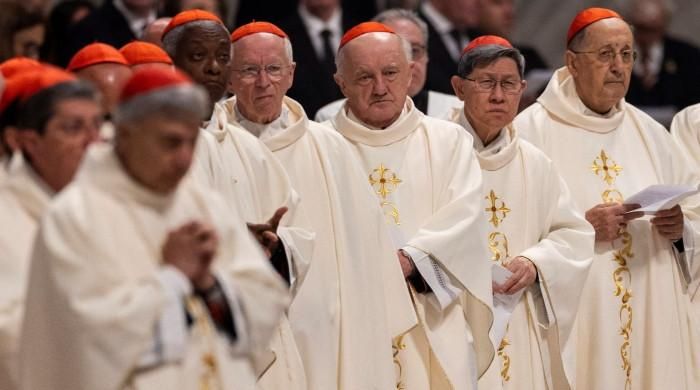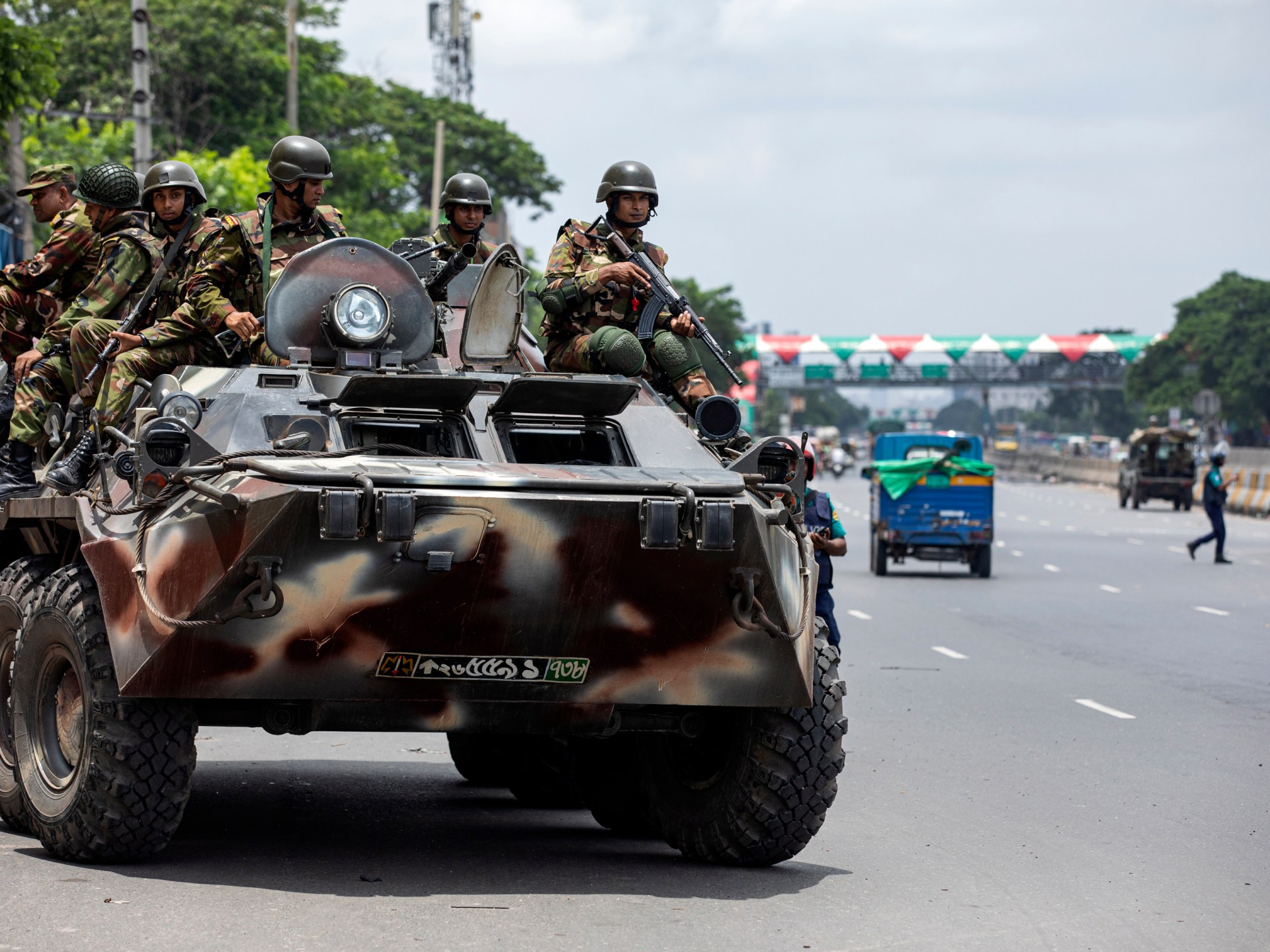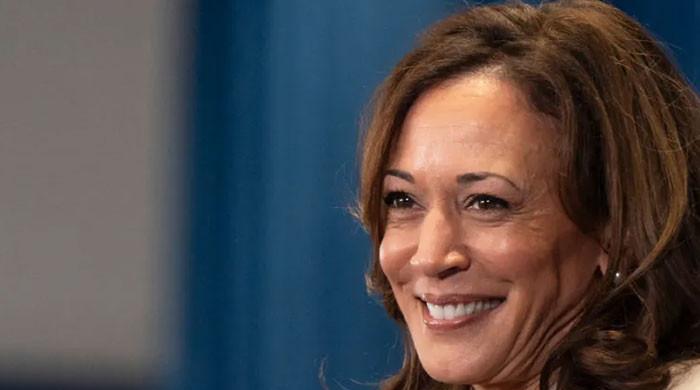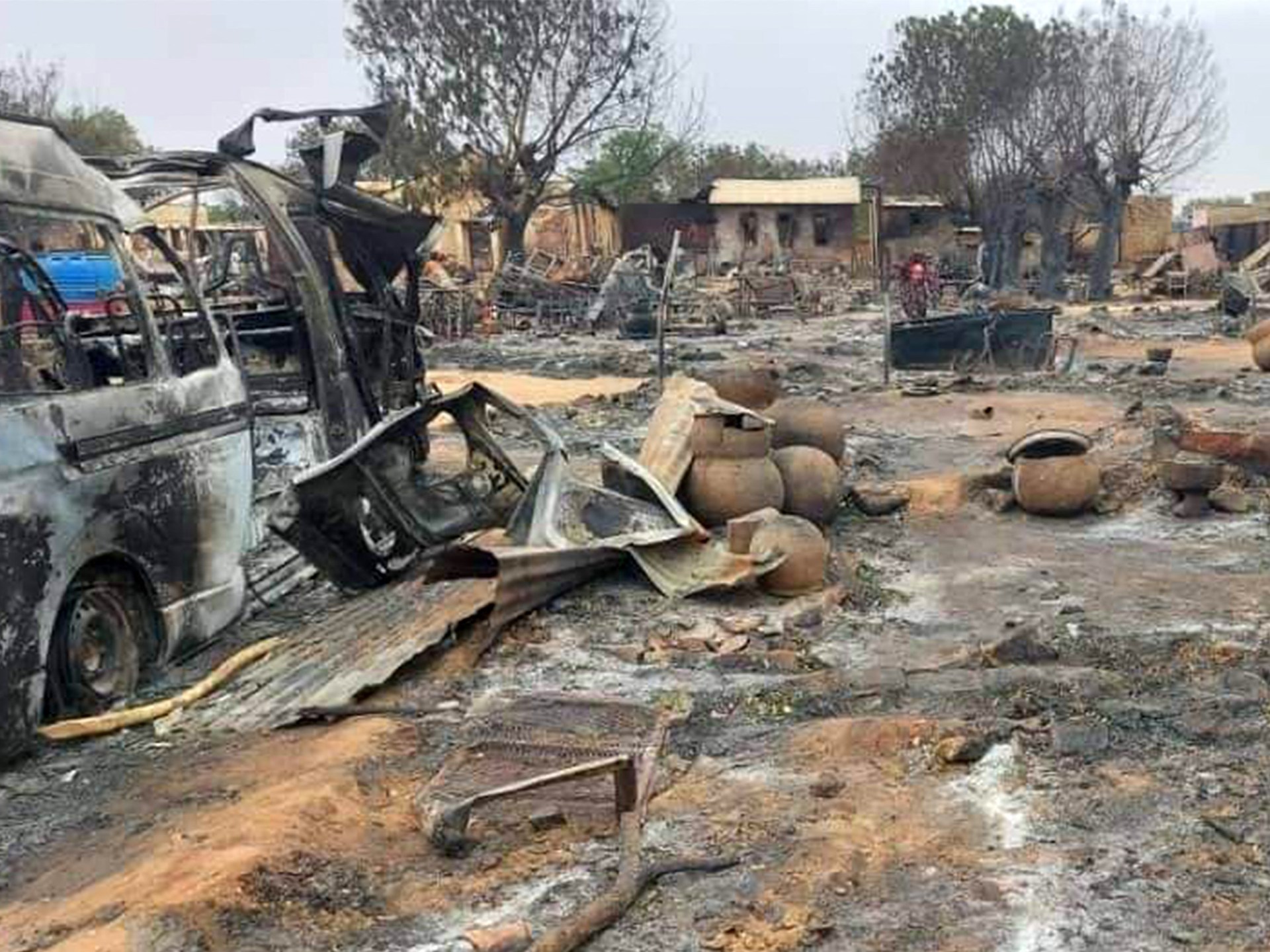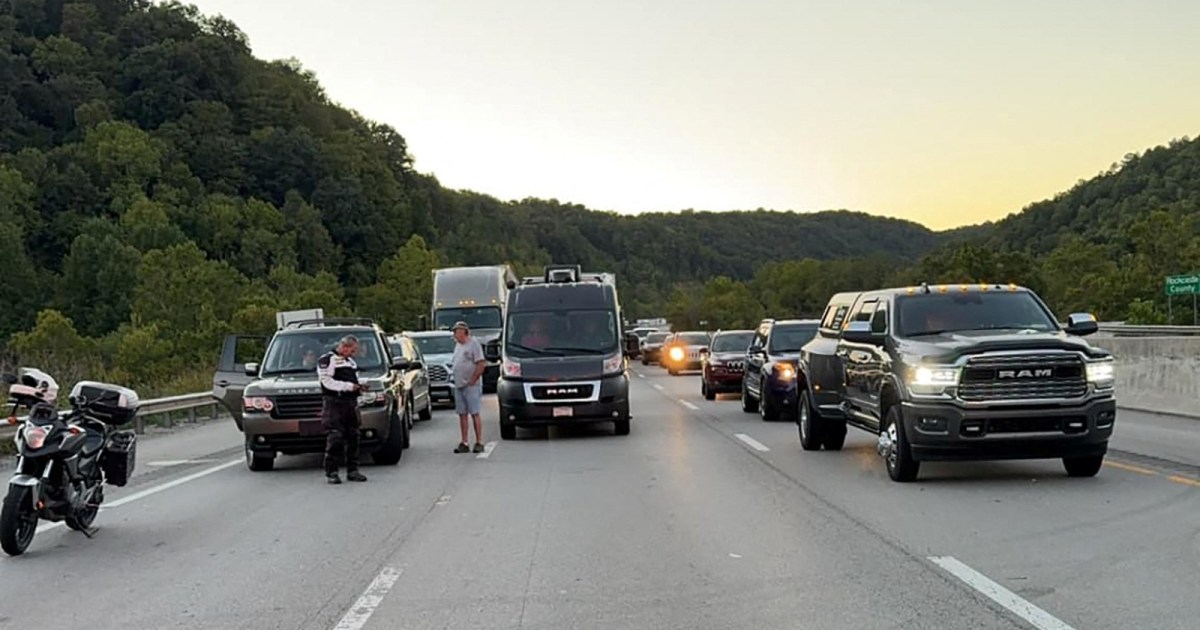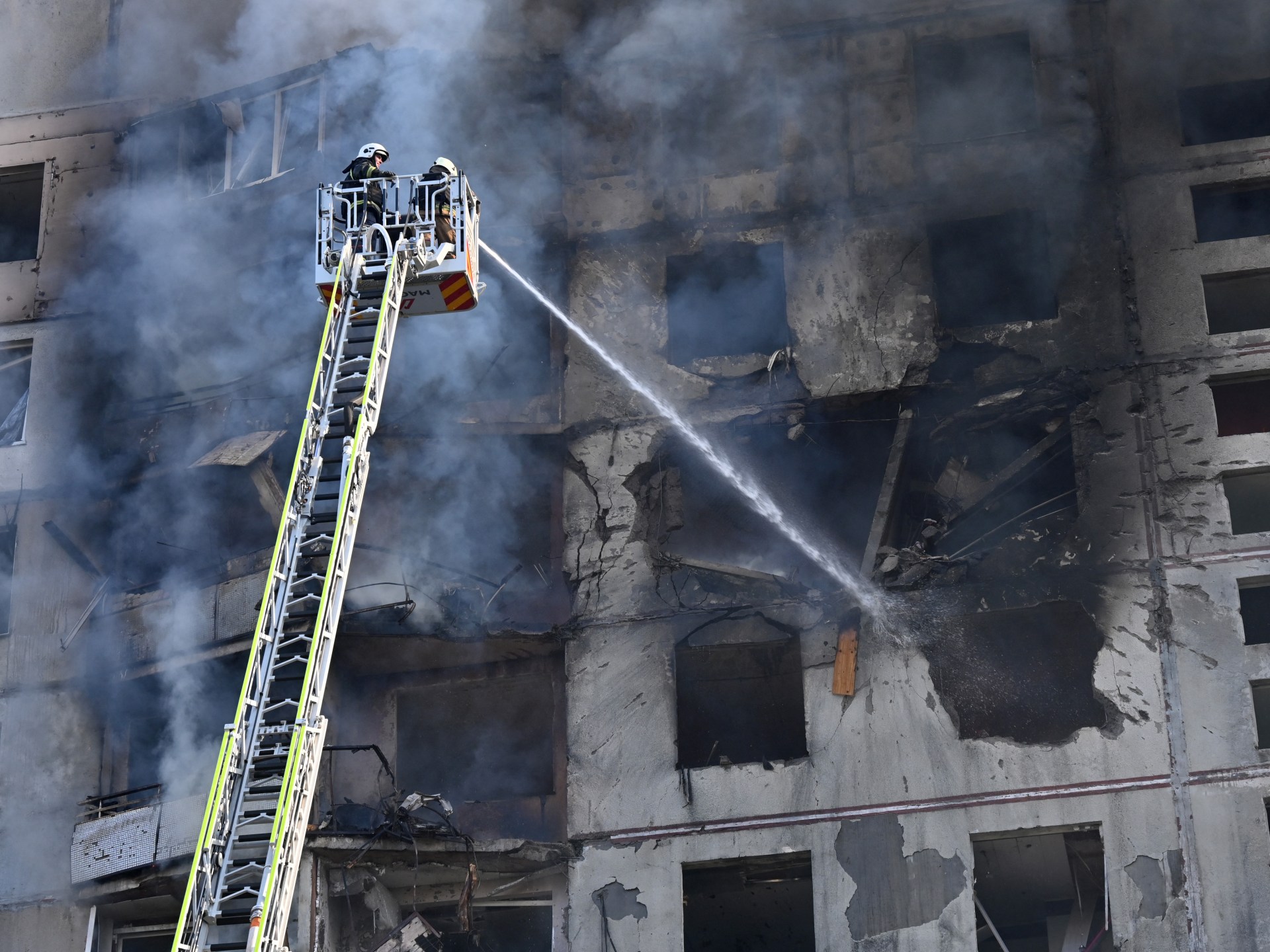The cardinals who choose the successor of Pope Francis will have an easier time than many of their predecessors, who endured the Spartan conditions and even were locked up for so long that some of them died.
Here are some notable papal elections through the ages.
The dove decides
In 236, the Christian community of Rome was debating possible papal candidates when a white dove landed on the head of a spectator, Fabian.
“In this, everyone, as if they moved by a single divine inspiration, called anxiously and with all my heart that Fabian was dignified,” according to Eusebius, a historian of the church of the time.
The blessing was mixed for Fabian, who died 14 years later, a martyr, persecuted by Emperor Decius.
Large -scale bribery
In the primitive church, the potatoes were chosen by members of the clergy and the Roman nobility, and the votes were plagued with interference.
One of the most infamous elections was in 532, after the death of Bonifacio II, which involved “large-scale bribes of influential real officials and senators,” according to PG Maxwell-Stuart in “Chronicle of the Papes.”
In the end, an ordinary priest was chosen, Mercurius. He became the first Pope to change his name, John.
In 1059, Nicholas II gave the cardinals the only authority to choose pontiffs.
Block them
The idea of locking the cardinals to encourage a quick decision began in the thirteenth century, the word conclave comes from the Latin phrase that means “with key.”
In 1241, when the elections crawled, the head of the Government of Rome locked the cardinals in a ruins building and refused to clean the bathrooms or provide doctors for those who fell ill.
According to Frederic Baumgartner in his “behind closed doors: a story of the papal elections,” the cardinals only decided for one of them and the Romans threatened to exhume their body and make decisions.
After 70 days, Goffredo Castiglioni agreed, who became Celestine IV.
Three years
The longest conclave in history lasted almost three years after the death of Clemente IV in November 1268, held in the papal palace in Viterbo, near Rome.
Since the end of 1269, the cardinals allowed themselves to be locked up to try to make a decision, and by June 1270, the frustrated premises started the roof in an attempt to accelerate things.
Apparently, an English cardinal inspired them by an English cardinal who without the roof, the Holy Spirit could descend without obstacles.
Teobaldo Visconti became Pope Gregory X in September 1271.
Rations
In response to the chaos that led to his choice, Gregory X changed the rules, requiring that the cardinals meet within 10 days after the death of the Pope and ordered that their foods be reduced over time.
If there was no decision in three days, the meals were reduced to only one of the two traditional Italian courses.
After five days, they would be reduced only to bread, water and wine, according to John L Allen's book “conclave”.
Cardinals were also forbidden to draw in their income during a conclave.
Camp beds
For centuries we have been carried out in the Apostolic Palace and since 1878 in its Sistine Chapel.
The cardinals have slept in the past in the Apostolic Palace, with cubicles erected with camp beds and a bath for every 10 voters, according to Allen's “conclave”.
The windows closed but in 1978, when the conclave took place during a suffocating August, there was a nearby revolt of the cardinals who demanded that they open.
John Pablo II, chosen in a second conclave in that year, in October, ordered the construction of the Saint Marta guest house of $ 20 million in the Vatican land, where Francisco himself lived, and where the cardinals now remain.
It has more than 100 invited suites and around two dozen individual rooms. But during the conclave there too, the windows are sealed.
No cardinal
Technically, any baptized man can become the Pope, but the last not aimed at being chosen was the archbishop of Bari, Bartolomeo Prignano, who became Urban VI in 1378.
Pontiff reluctant
Not everyone is interested. Albino Luciani's first words, becoming John Paul I in 1978, were “God forgive you for what you have done!”
He died 33 days later.
Champagne
In 1978, after appearing to the crowds in the Plaza de San Pedro, Juan Paul II, according to the reports, he walked by pouring champagne for the cardinals and singing Polish popular songs.
In 2005, Benedict XVI invited all the cardinals to stay with champagne and there were also songs, the late Cardinal Cormac Murphy-O'Connor later recalled.
Shorter and shorter
The longest conclave in the most recent times was that of 1831, which chose Gregory XVI after more than 50 days.
The longest of the twentieth century lasted only five days (14 tickets) when Pius XI was chosen in 1922.
In 2005, Benedict XVI was chosen in just two days (four ballots) and Francis in 2013 also in two days (five ballots).

